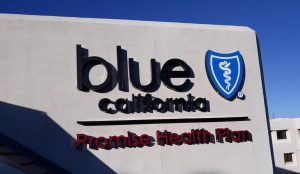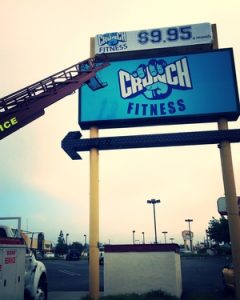How Medical Marketing Builds Trust and Enhances Patient Experience
Have you ever walked into a healthcare facility for the first time, feeling anxious and unsure? What would reassure you more: a faded, outdated sign or a sleek, modern design that exudes professionalism?
What does branding mean in healthcare, and how does it impact patient trust? Medical marketing strategies go beyond logos and slogans – they define how a healthcare facility communicates trust, professionalism, and quality care. From medical branding to digital marketing for healthcare, every touchpoint shapes patient perception and strengthens long-term loyalty.
But how do healthcare marketing strategies turn first impressions into lasting patient trust? Let’s find out.
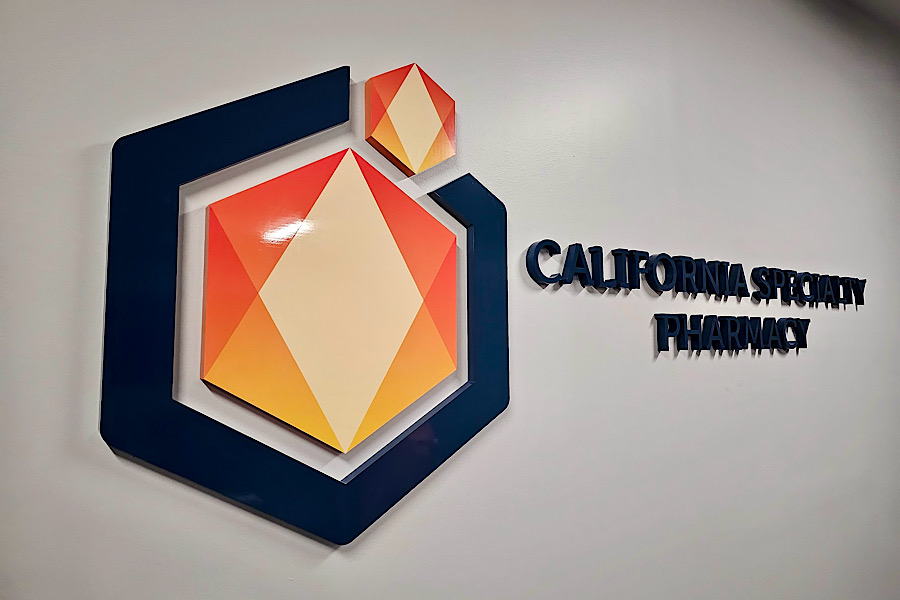
Why Medical Branding Is Essential for Patient Trust
What if I told you that 60% of patients base their choice of healthcare provider on first impressions? (Source: PatientPop). This highlights the importance of healthcare branding for patient acquisition.
- The Trust Factor: Consistent branding reinforces reliability, professionalism, and attention to detail. Patients are 47% more likely to trust facilities with cohesive branding (Journal of Healthcare Marketing).
- The Impact of Inconsistency: Imagine walking into a clinic with mismatched colors and confusing signage. Would you feel confident in their services?
Branding drives patient acquisition strategies by signaling quality and care. But how do you turn this trust into tangible outcomes? Can something as simple as signage truly shape patient loyalty and satisfaction?
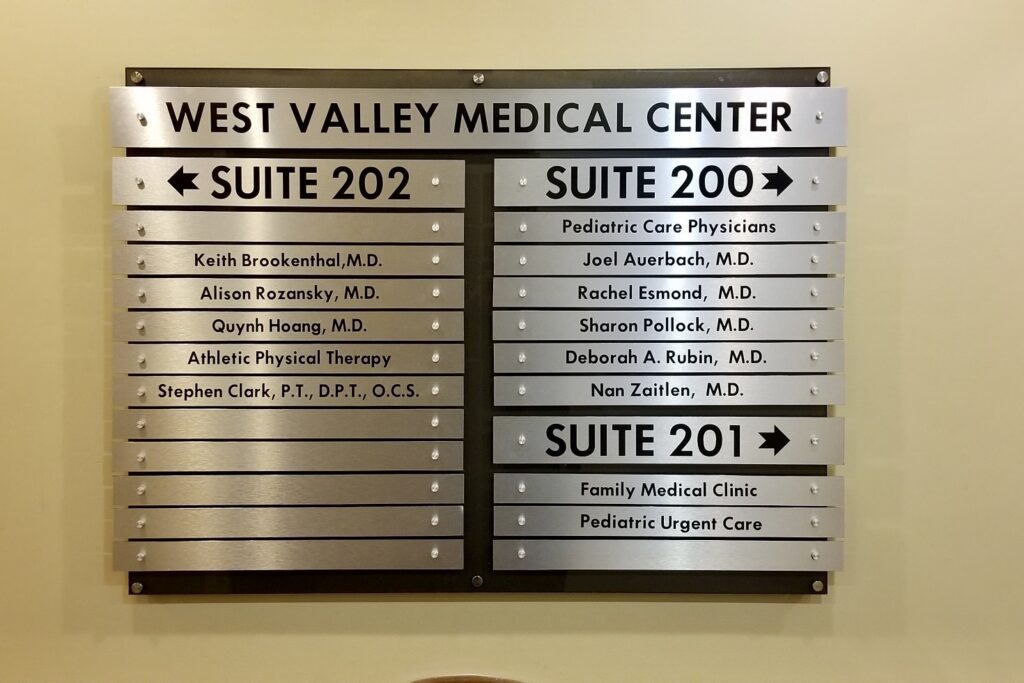
How a Strong Patient Acquisition Strategy Drives Sustainable Growth
Attracting new patients is no longer just about word-of-mouth referrals. A modern patient acquisition strategy integrates healthcare marketing, branding, and digital engagement to build lasting relationships and grow a healthcare practice.
The First Touchpoint: Branding & Awareness
- A strong healthcare brand identity ensures patients recognize & trust your facility before stepping inside.
- Entrance signs & window decals make a visual statement about your credibility.
- Digital marketing expands your reach beyond local referrals.
The Decision Phase: What Makes a Patient Choose You?
- A hospital’s medical facility branding directly influences appointment scheduling.
- Patients searching online are 70% more likely to book an appointment if branding is consistent across signage, websites, & digital ads (Source: Becker’s Hospital Review).
- Reception signs & wall graphics reinforce professionalism at check-in, reducing patient anxiety.
The Retention Phase: Branding Beyond the First Visit
A strong patient acquisition strategy doesn’t just attract patients – it keeps them engaged.
- Backlit channel letters & wayfinding graphics create a seamless experience, making return visits effortless.
- 80% of patients are more likely to recommend a facility that provides clear branding & easy navigation (Journal of Healthcare Marketing).
Takeaway:
A strategic blend of signage, branding, and digital marketing ensures patients don’t just find your facility – they choose, trust, & return to it.
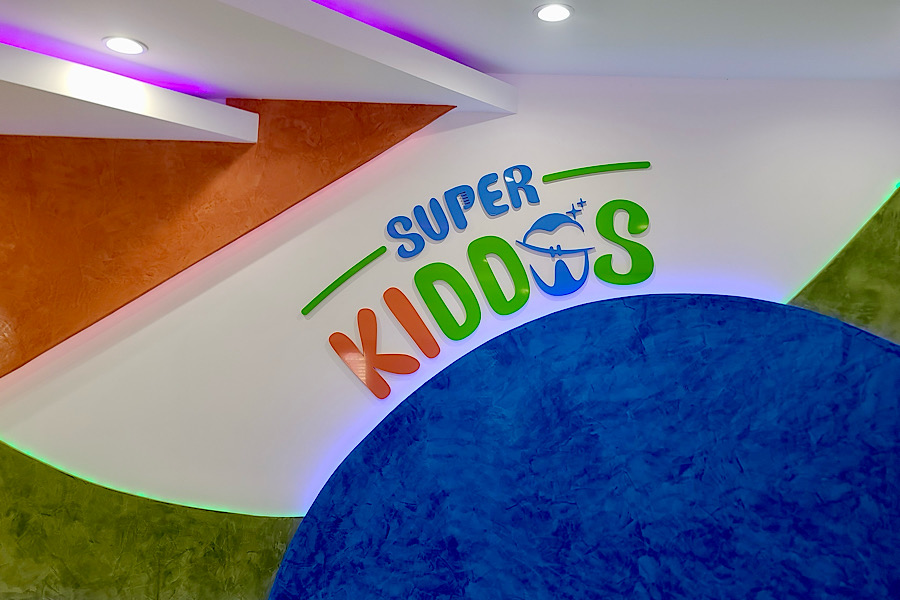
The Role of Signage in Healthcare Marketing
Did you know that 30% of patients miss appointments due to poor wayfinding? (Journal of Healthcare Design). Signage isn’t just functional – it’s a cornerstone of healthcare marketing strategies that enhances patient trust and navigation. Monument signs at entrances establish credibility before patients step inside, while dimensional signs and reception signs reinforce professionalism within waiting areas. Studies show that clear signage improves patient satisfaction by between 10 – 20%, reducing anxiety and missed appointments.
- Wayfinding as Marketing: Clear signage reduces confusion, enhances patient experience, and fosters brand loyalty. Studies show that effective signage improves patient satisfaction scores by up to 35%.
- Inclusivity Matters: Digital tools may complement signage, but not all patients, especially older ones, rely on apps. Signage bridges this gap.
How does medical branding through signage ensure accessibility for all patients, regardless of their tech-savviness? If wayfinding is this impactful, what role does signage play in shaping a facility’s brand identity?
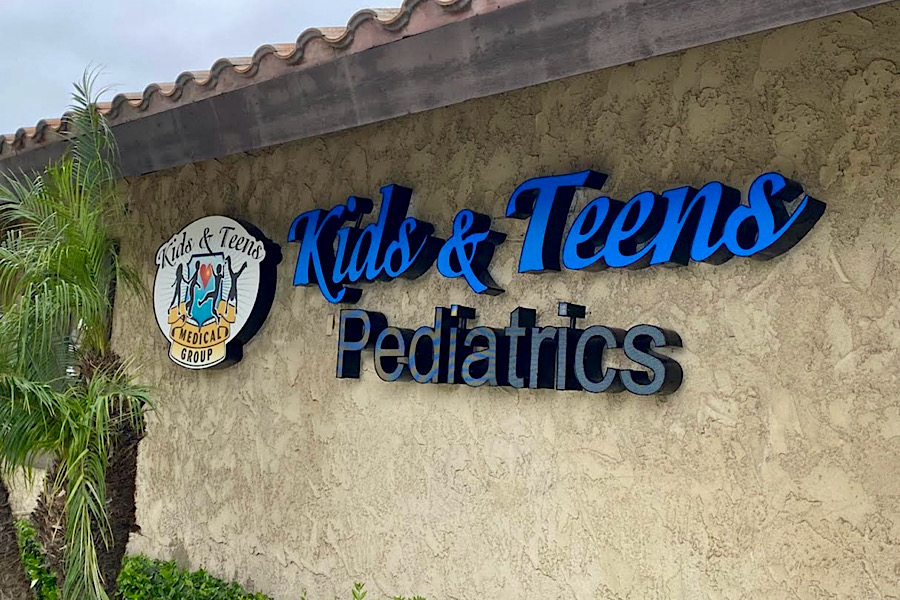
How Medical Facility Branding Signage Shapes Patient Experience
What does your signage say about your facility? Medical facility branding isn’t just about aesthetics – it’s about reinforcing professionalism, clarity, and patient comfort. For institutions like Cedars-Sinai, signage reflects a strong healthcare brand identity, from window graphics displaying essential information to wall graphics creating a calming atmosphere for patients. Consistency in branding across signage, digital platforms, and patient communications strengthens recognition and trust.
- Design Drives Perception: 85% of patients associate high-quality signage with high-quality care (Healthcare Design Magazine). Elements like color consistency, font choices, and logo integration create a memorable healthcare brand.
- Balancing Costs vs. Impact: Generic signage may seem budget-friendly, but it can undermine trust and credibility.
Is it time to rethink your signage strategy to align with your healthcare brand guidelines? What does the future hold for signage in the age of digital transformation?
Digital Marketing and The Role of Signage & Engagement
Imagine a world where signage educates, engages, and simplifies healthcare access. With digital healthcare marketing, this vision is already transforming patient experiences. Hospital marketing now includes interactive graphic vinyl displaying real-time appointment availability, while QR-enabled monument signs help patients navigate large medical campuses effortlessly. This integration of physical and digital branding ensures accessibility and engagement at every patient touchpoint.
- Dynamic Displays: Digital signage enables real-time updates, from appointment schedules to health tips, elevating patient experience branding.
- Interactive Features: QR codes on signs can provide directions, educational content, or even patient surveys.
- The ROI Question: While some worry about costs, how do you measure the ROI of healthcare branding campaigns through signage? Improved patient satisfaction and engagement often lead to measurable returns.
QR codes and interactive signage aren’t just innovations – they’re the future of patient engagement. Is your facility ready to meet modern expectations? Could digital signage redefine how healthcare facilities interact with patients? How does signage translate branding into measurable growth?

How to Measure the ROI of Medical Marketing Strategies
A strong healthcare brand isn’t just about recognition – it must drive tangible business results. But how do you measure success?
Key Metrics to Track:
- New Patient Growth: Compare patient acquisition numbers before and after branding improvements. Did clearer signage or a refreshed website increase walk-ins or online appointment bookings?
- Patient Retention Rates: Branding isn’t just about attracting new patients – it’s about keeping them. Are more patients returning after their first visit? A strong brand identity builds trust and loyalty over time.
- Google Reviews & Online Reputation Scores: A well-branded facility encourages positive patient experiences, which translate into better online reviews. How have patient testimonials changed since implementing new branding strategies?
- Website Traffic & Engagement: Branding extends beyond the physical space. A cohesive brand identity ensures your website, social media, and online presence reflect the same credibility patients expect in person.
- Appointment Completion Rates: Confusing wayfinding or illegible and inconsistent messaging lead to missed appointments. Clear signage and a well-structured digital presence reduce patient frustration and no-shows.
Branding isn’t just about aesthetics – it’s a key driver of patient experience and long-term revenue. The question is: Are you leveraging it to its full potential?
Healthcare Marketing Strategies for Different Medical Facilities
Every healthcare provider has unique branding needs. A pediatric clinic’s branding should feel warm and reassuring, while a hospital must project authority and trust. Here’s how different facilities can tailor their branding for maximum patient impact:
- Hospitals – Trust, Clarity, and Wayfinding
Large hospitals must ensure patients feel confident and informed. Branding should focus on clear signage, a strongg digital presence, and professional healthcare brand messaging. A well-branded hospital doesn’t just guide patients – it reassures them from before arrival all the way to their appointment and beyond. Digital marketing for healthcare ensures that patients searching online see a cohesive presence, while driveway signs at entrances establish credibility. Once inside, dimensional letters signs and reception signs create a polished, welcoming atmosphere, reinforcing the hospital’s expertise and trustworthiness.
- Private Clinics – Personalization and Comfort
Unlike hospitals, private practices thrive on personalization. Patients expect one-on-one attention, and the branding should reflect that. Thoughtful signage, personalized digital communications, and a patient-centric tone create a welcoming experience.
- Pediatric Centers – Colorful, Friendly, and Reassuring
Branding should ease anxiety for both children and parents. Bright, playful signage, engaging digital branding, and a child-friendly tone in all communications reinforce a sense of safety.
- Dental Offices – Clean, Modern, and Confidence-Boosting
Patients often associate dental visits with stress. A dental office’s branding should focus on modernity, hygiene, and patient confidence. Marketing for healthcare practices like dentistry should include before-and-after visuals, reassuring messaging, and testimonials to ease patient fears.
Are you positioning your facility’s branding to match patient expectations? If not, what adjustments can make your brand stand out?
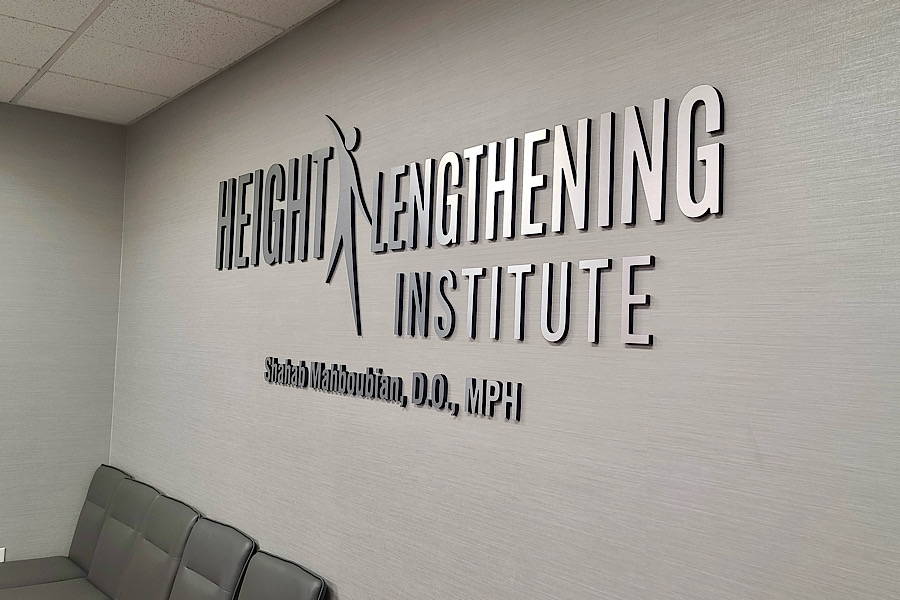
Practical Steps to Strengthen Your Healthcare Brand
A strong healthcare brand isn’t built overnight – it’s crafted through consistent messaging, patient-focused experiences, and strategic marketing. Here’s how to ensure your branding reflects the trust and quality your facility provides:
- Define Your Brand Promise – What makes your facility stand out?
Patients should know exactly what to expect from your care. Are you the most innovative, patient-centered, or accessible healthcare provider in your area? Define a clear, patient-driven mission that guides your branding efforts.
- Audit Your Existing Branding – Where are the gaps?
Do your signage, website, patient communication, and marketing materials align? If not, inconsistencies could undermine your credibility.
- Align Visual Identity & Messaging – Keep it consistent.
Ensure logos, colors, signage, and patient handouts match your brand’s voice. Inconsistent branding confuses patients and weakens trust.
- Invest in Professional Signage & Digital Presence – Balance physical and digital marketing.
A mix of wayfinding signage, digital screens, a well-structured website, and social media branding ensures your brand reaches patients at every touchpoint.
- Measure and Optimize Branding Efforts – Track patient engagement.
Regularly review patient acquisition rates, feedback, and online engagement to assess branding effectiveness. Adjust where needed to stay relevant.
Branding is an ongoing effort. The question is: Are you proactively shaping your brand, or is it shaping itself?
The Story of Signage Success
Case study of a Los Angeles wellness center. What if updating signage could transform patient experience and increase profitability?
- Challenges: The center faced low visibility and patient confusion due to outdated signage.
- Solutions: They invested in tailored metallic displays for medical centers, integrating their healthcare brand identity into exterior and interior signage.
- Results: Before the update, frustrated patients frequently called reception for directions, and walk-ins struggled to navigate the facility. Within six months of new signage installation, patient wayfinding improved by 50%, and check-in delays were reduced by 30%.
Are you ready to invest in medical branding that delivers tangible results?
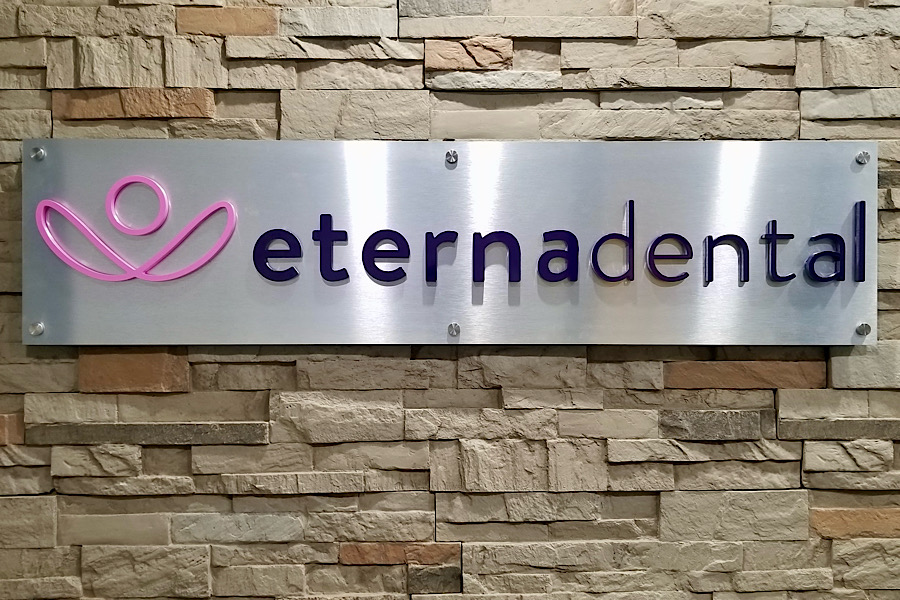
Your Solution Starts Here
Effective healthcare branding begins the moment a patient sees your facility’s signage. From medical facility operations to healthcare branding strategies for attracting new patients, cohesive and professional signage creates trust and drives growth.
Ready to align your facility’s branding with patient expectations? Within today’s competitive healthcare industry, marketing strategies must combine strong hospital marketing, engaging digital marketing for healthcare, and professional medical branding to build trust and attract patients. Whether you need monument signs to establish credibility or window graphics to enhance patient engagement, we provide tailored solutions that set your facility apart. Contact us to help you get started.

